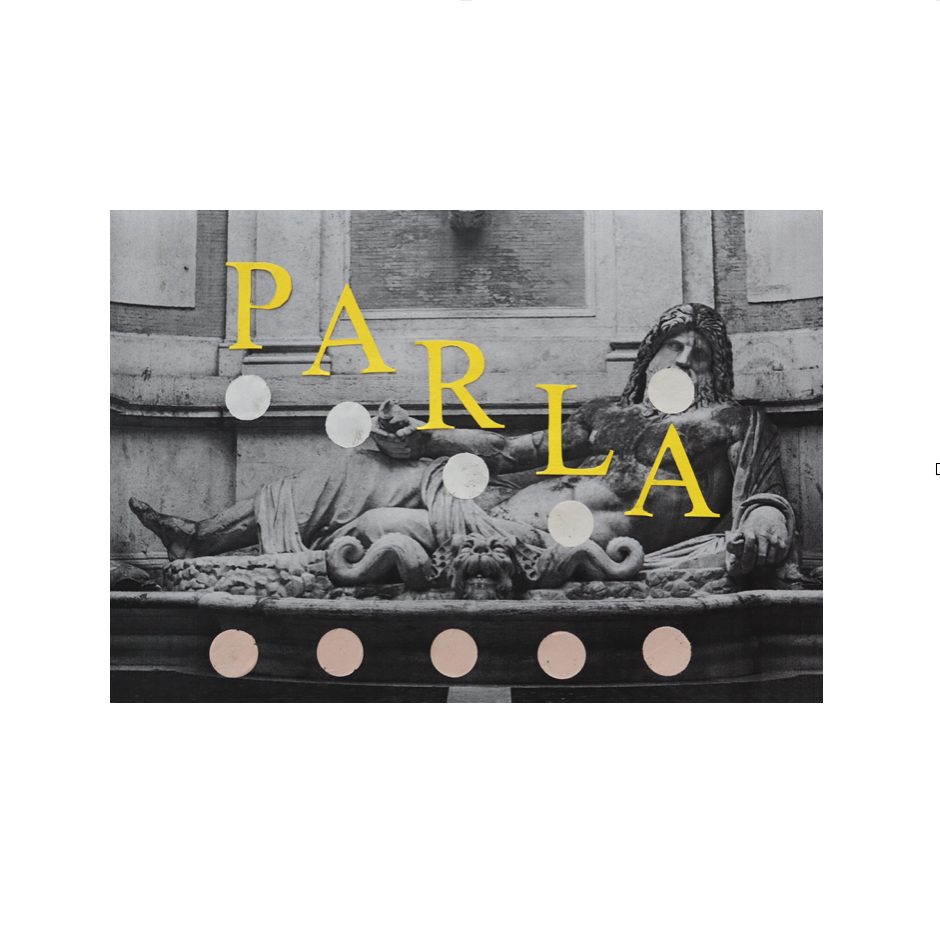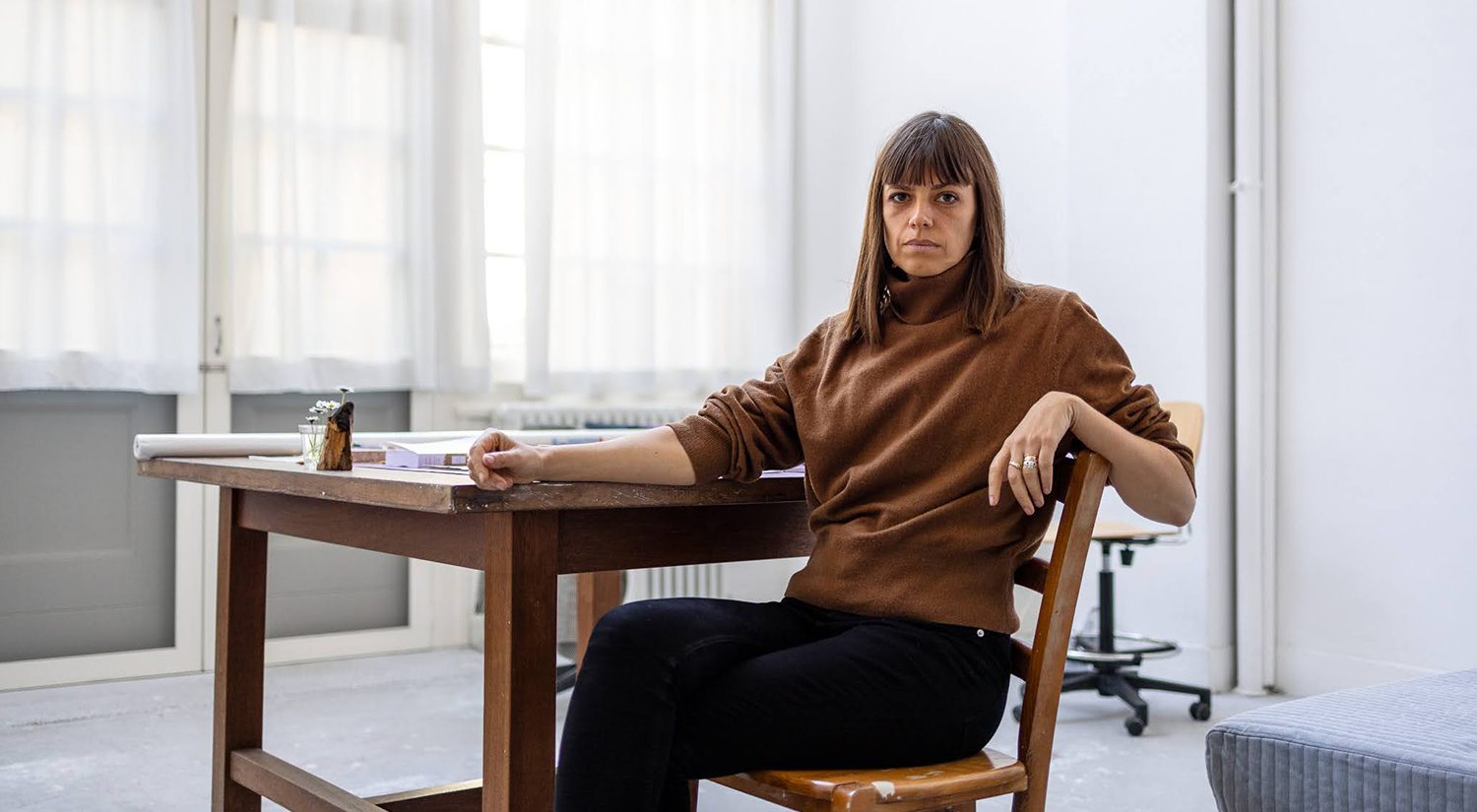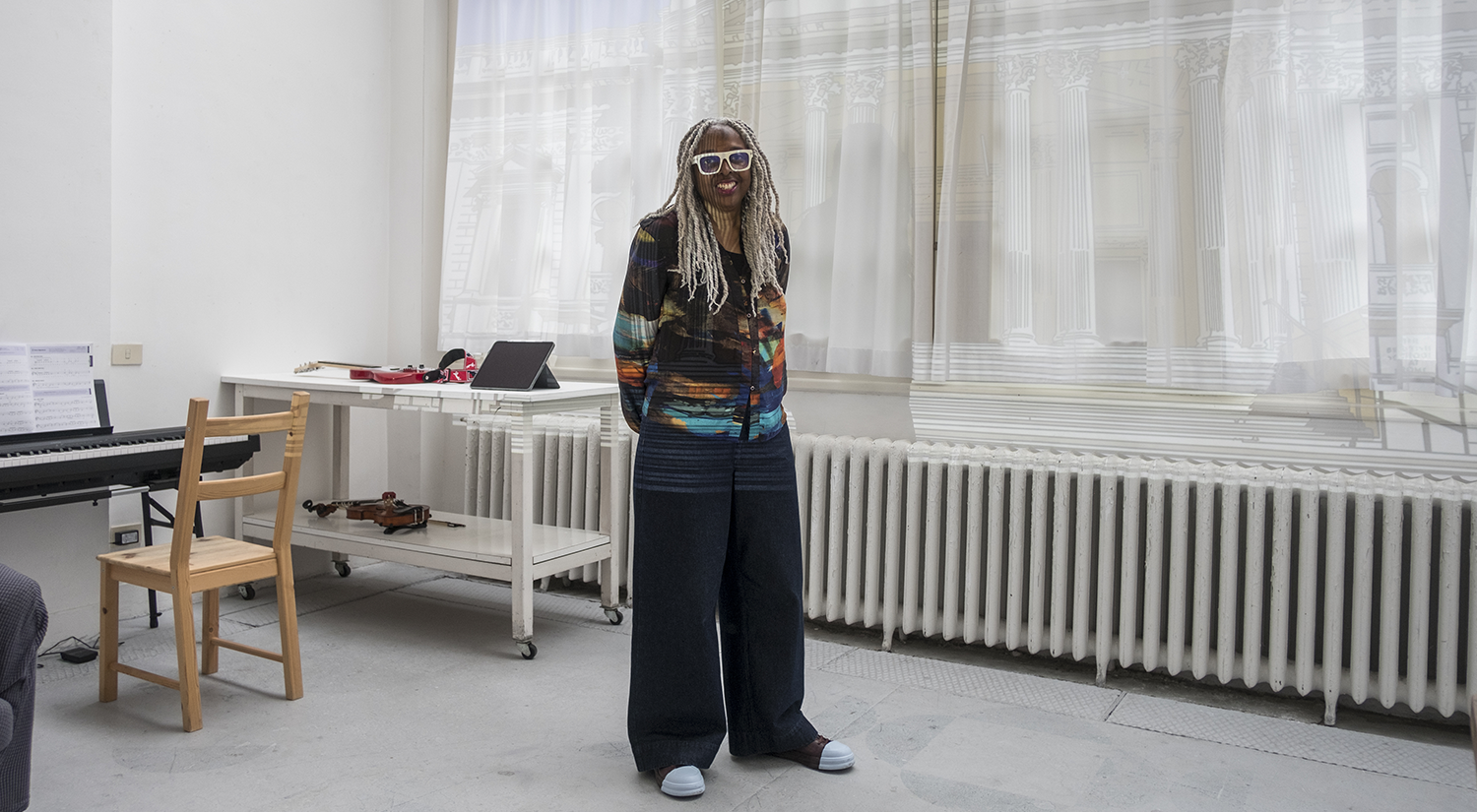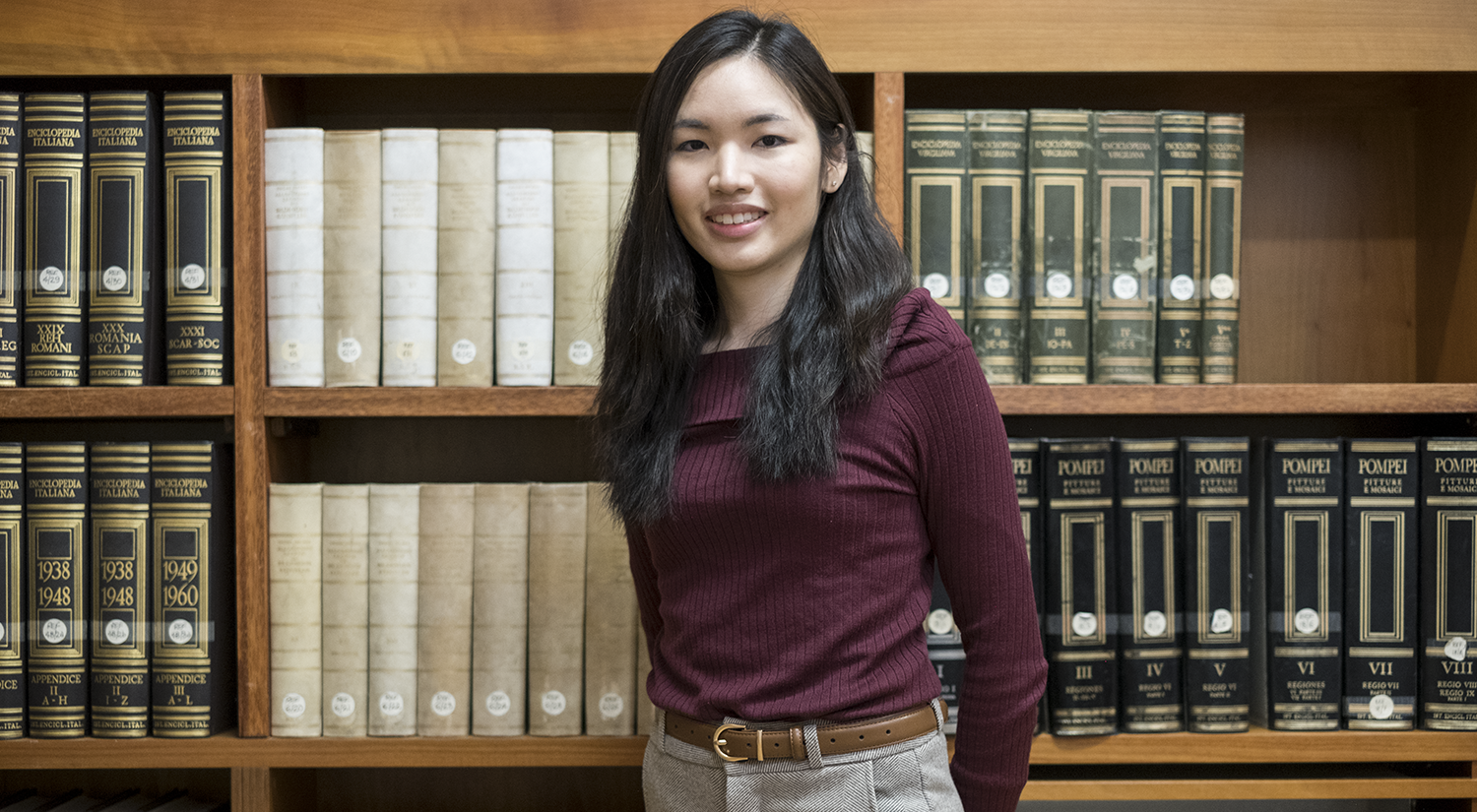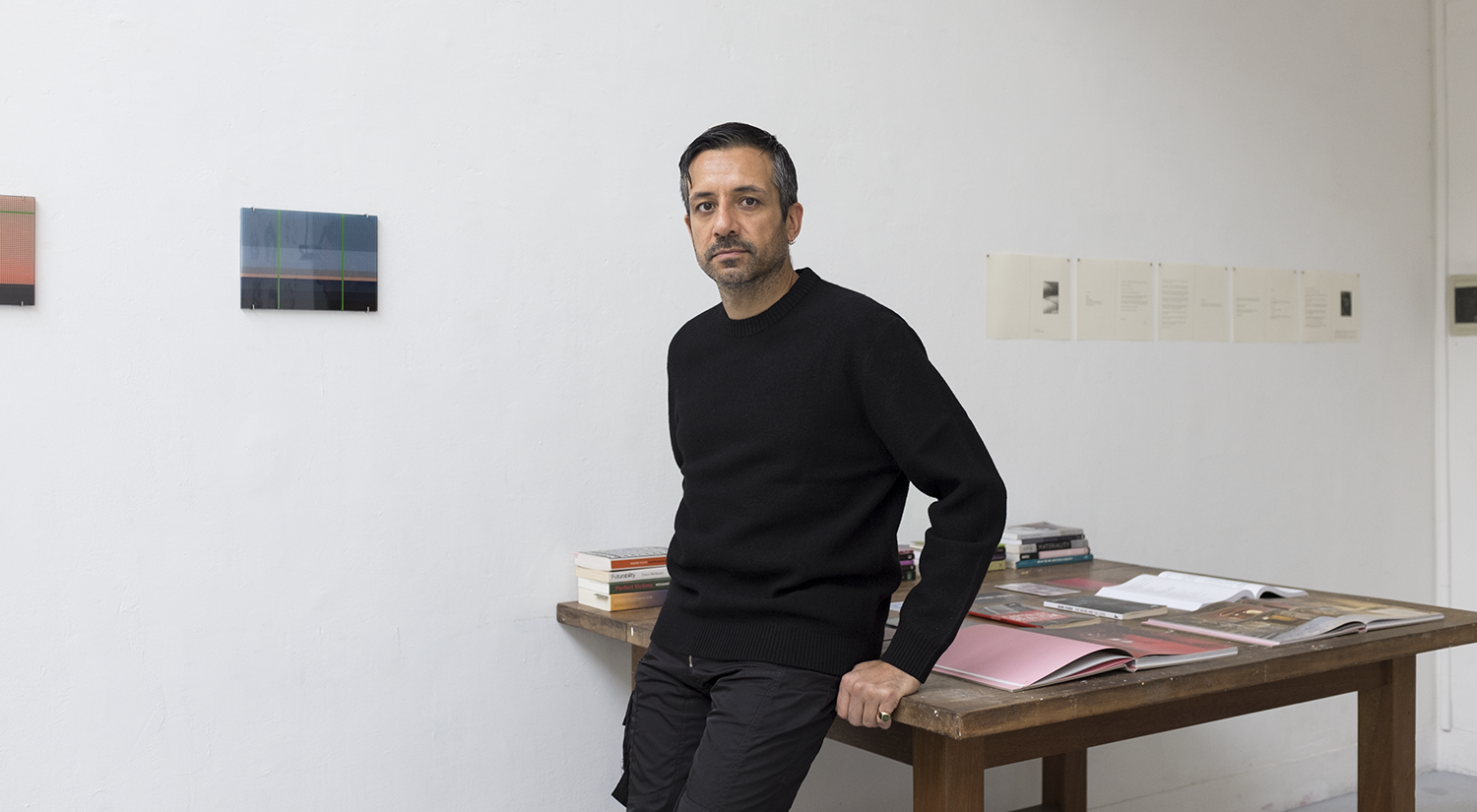In this blog, British Academy Post-Doctoral Fellow Eloise Fornieles tells about the project she will develop during her fellowship at the BSR, ahead of the Spring Open Studios.
Taci, Anzi Parla “Shut up, Or Rather Speak” Speaking to Power in Rome
During my practice-led postdoctoral research project at the BSR, I will be exploring the intersection of three historical expressions of political protest in Rome: the satirical poetry of Catullus, the ‘Congregation of Wits’ (congrega degli arguti) and the pioneering feminist collective Rivolta Femminile.
These apparently diverse historical practices and traditions are linked by the opportunities they provided for queer, working class, and marginalized subjects to speak to—and against— the extant structures of power. Drawing on my academic research into the voice as an instrument of political resistance and self-identification, and using collage as a technique appropriate to the subject matter, this project would be realised as an exhibition of new video works, installations and collages.
My project takes its title from a line in Carla Lonzi’s groundbreaking Diary of a Feminist (1978) and its model from Jack Halberstam’s theories on collage as a form of Shadow Feminism. According to Halberstam, collage allows subjects to transform existing power structures and source materials into new expressions more appropriate to their experience by cutting down, recomposing and thereby undermining or reimagining them.
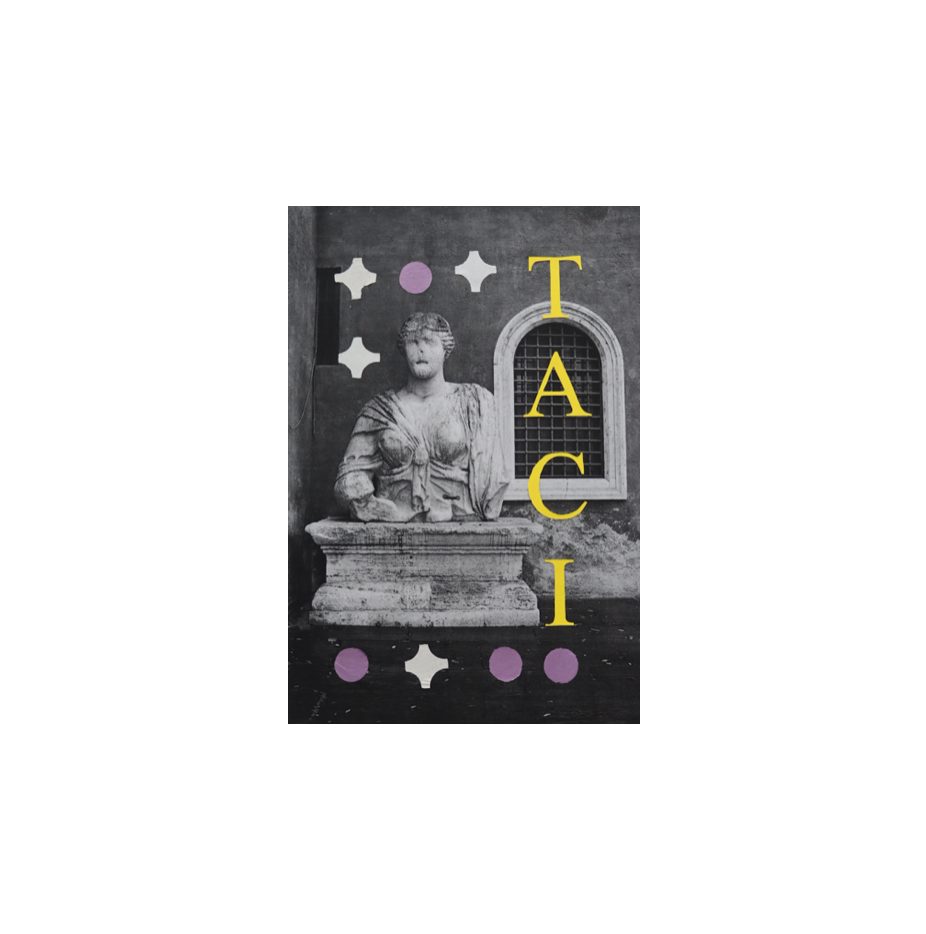
Rivolta Femminile, which was co-founded by Lonzi, Elvira Benotti and Carla Accardi, fly- posted a manifesto for women’s rights around Rome. This guerilla act has parallels with the contemporaneous work of Jenny Holzer, and might also be understood as a form of collage, with the demands of a marginalized demographic pasted onto the visual infrastructure of the city.
Catullus, by contrast, is a pillar of ancient Rome’s satirical tradition and an icon of queer Italian culture. His translations of Sappho and his love poems to ‘Lesbea’, as well as his searing and often personal indictments of Rome’s power structures, show how political protest and the expression of non-normative sexual desire have often been linked. In this context, his adoption of diverse and often shifting voices, narrative perspectives (including women’s), and subject positions, as well as his innovative and often jarring lyrical techniques, suggest links with my other subjects. I use the translations of transactivist Roz Keveney to contextualize the work within contemporary queer culture.
The third and final area of research is the ‘Congregation of Wits’, otherwise known as the ‘Talking Statues of Rome’: marble statues that have since the sixteenth century been used by the public as vehicles for anonymous expressions of political dissent. Members of the public continue to post complaints and tirades to the statues, effectively treating them as voices or amplifiers of their own frustrations. I am particularly interested in the occasions on which they have been used to voice queer and feminist issues, and what it means for marble statues of divinities and eminent historical figures—the archetypal expressions of civic, religious, and private wealth and power—to be repurposed to this end.
The practice-led research uses collage in multiple forms to serve as a means of finding links between historical periods and political contexts, highlighting intersections between different forms or resistance and expression without flattening out the differences between them.
